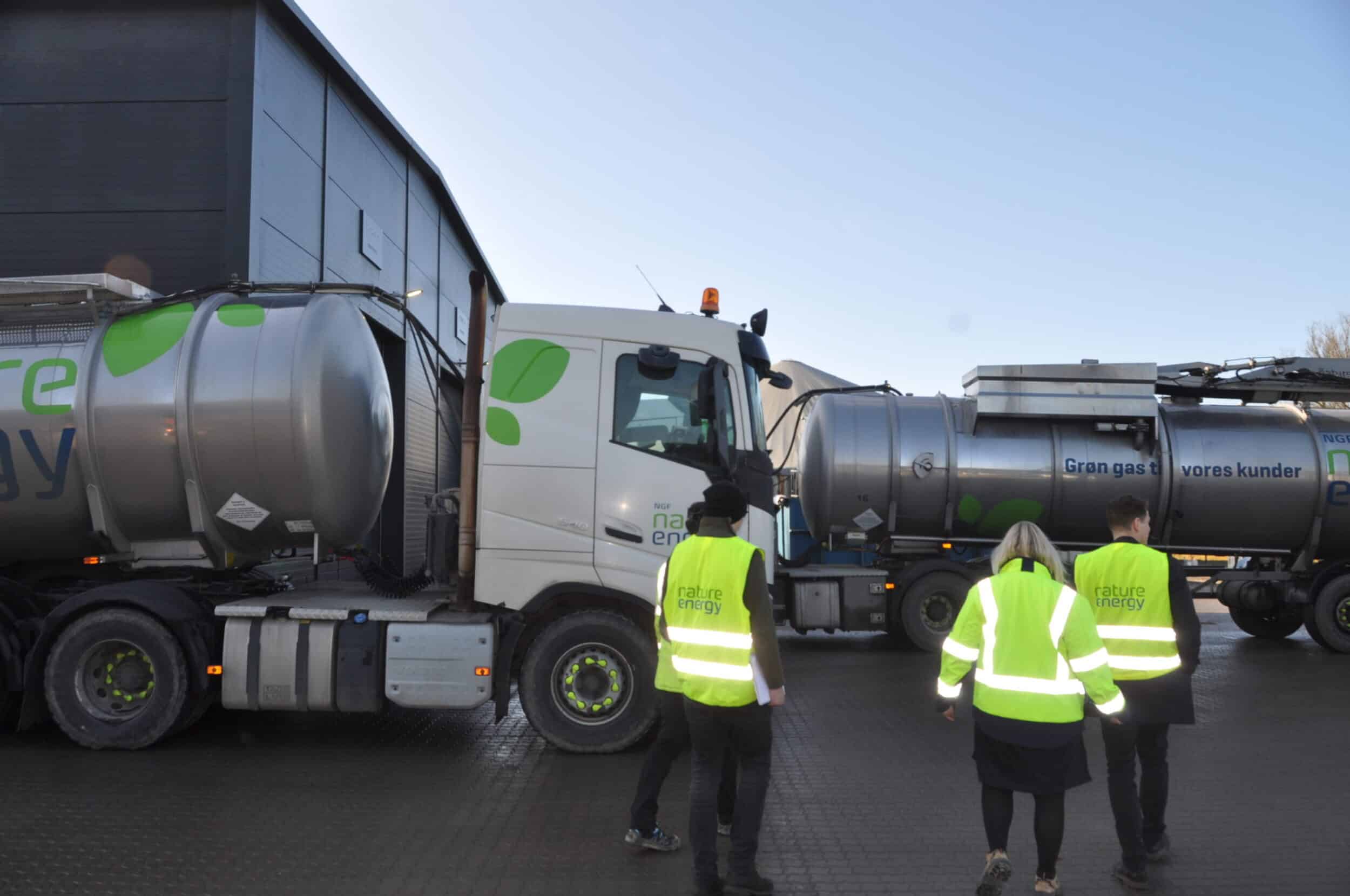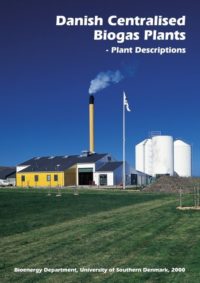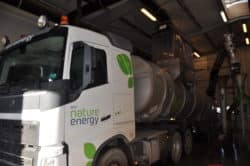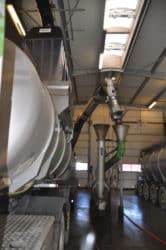
5. Centralised AD
The centralised model / The environmental catalysts – nitrification and eutrophication / community engagement and planning / operational imperatives
Most biogas facilities in Denmark are what are now commonly referred to as centralised models – securing feedstock from a network of farms, ranging from between 5-100 in a 10 to 25km radius of the plant, depending on its capacity.

When the strategy was first devised these centralised plants were presented as cooperatives, which is perhaps a more accurate description considering how they are structured. These facilities deliver economies of scale and the benefits of the system to farmers are manifest.
Farmers are relieved of the cost of development and operation, get their manures treated largely for free, which both reduces the outgoings on mineral fertilisers and costs of storage, and, in the case of manures with a high nitrogen content, delivers a steady income. Farmers are also offered the opportunity to take a stake in the facility.
Furthermore, the central operator undertakes all the transportation of feedstocks and distribution of digestate. Consequently, stores have been built near to where the digestate is to be used, sometimes by the operator.
Given the environmental legislation regarding the spreading of manures and slurries to land and requirement to cover all slurry stores – which threatened a heavy cost burden on farmers – and the incentive to receive a steady income, it is easy to see why the model has great appeal.
Yet even in Denmark where there are many successful centralised AD facilities, proposed new developments require careful planning and negotiation. Ask anyone already involved in the sector what the key to success is and they’ll tell you ‘consultation, consultation, consultation’.

First farmers and distributors need to be persuaded of the business case. Then there is the biggest hurdle, public opinion. The chief concerns are the same that blight the development of the industry everywhere – freight movements and odour.
To allay these fears, it is not uncommon for communities to be taken on coach trips to visit an operational site where they can see how measures to address these issues have been adopted. Almost all biogas producers in the country see it as their responsibility to share knowledge of best practice and be a standard bearer for the industry as a whole, so willingly assist new entrants to the sector.
On transport, most operators employ local drivers who by dint of being known in the community operate with more care and attention. Trucks are seen as being a billboard for biogas so are kept rigorously clean. This serves two purposes, to eliminate any potential for cross contamination between farms and emphasise to the public the site is being run professionally.

On odour, it is a planning requirement for all deliveries to be undertaken in closed warehouses were biofilters are employed to remove odours released during the process where feedstock is emptied and digestate loaded. This takes place during a simple 5-10-minute operation, employing a feedstock/digestate drop and go delivery system, which often is automated removing the need for manual operation of valves and couplings.
Alongside the energy, employment and environment benefits biogas plants deliver, most who undertake these visits return to their towns and villages persuaded to support the proposed projects.
During our visit to Denmark we visited three sites, all operated along the lines of the centralised model and operated to the same exacting standards: Månsson Farms, Madsen Bioenergi and Nature Energy’s Midtfyn plant. The first two are on-farm AD and the latter is run by the biggest biogas developer in Denmark.
Each on-farm facility had their own reason for pursuing biogas production. Månsson, an organic farmer, was persuaded primarily by the need to diversify in the face of a food scare and the benefits of natural fertiliser. Madsen Bioenergi as an economic imperative to save their farms, struggling because of the 2008 crash and volatile commodity prices. Nature Energy is driving biogas development as a commercial proposition, seeing it as a critical component to achieving net zero in the face of the climate crisis.
We address each individually as they reflect the wide variety of application and operation of biogas plants that set an indicative blueprint for adoption in other geographies.
You must be logged in to view the rest of the content on this page.
To request a login and password, contact us at info@worldbiogasassociation.org
If you have login details, please enter them below.

